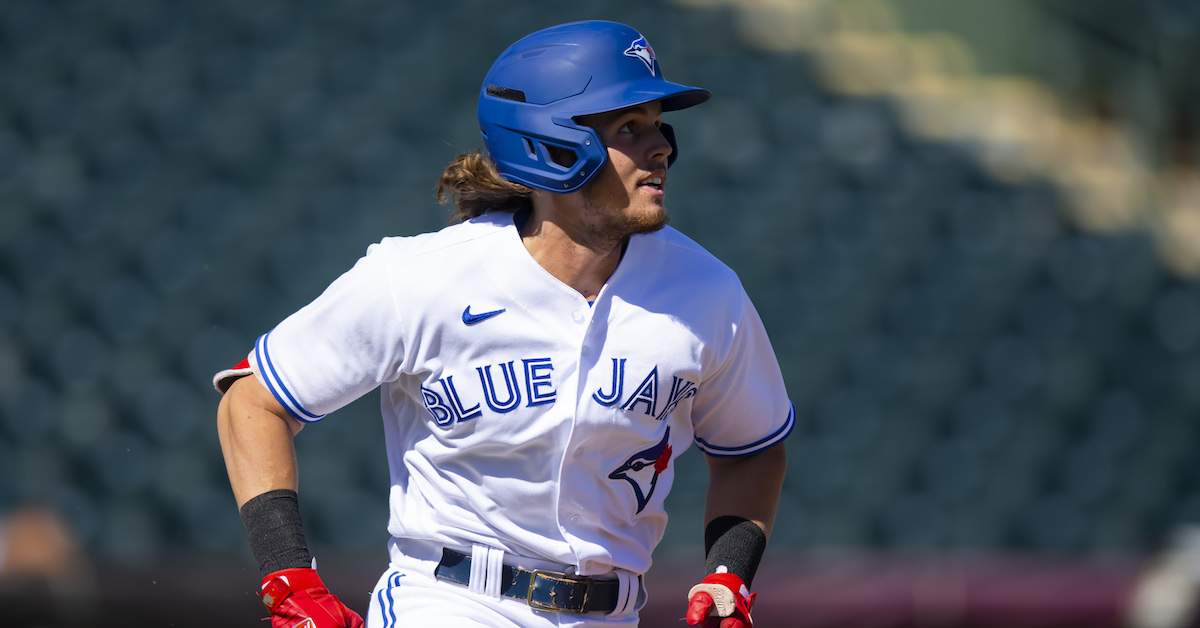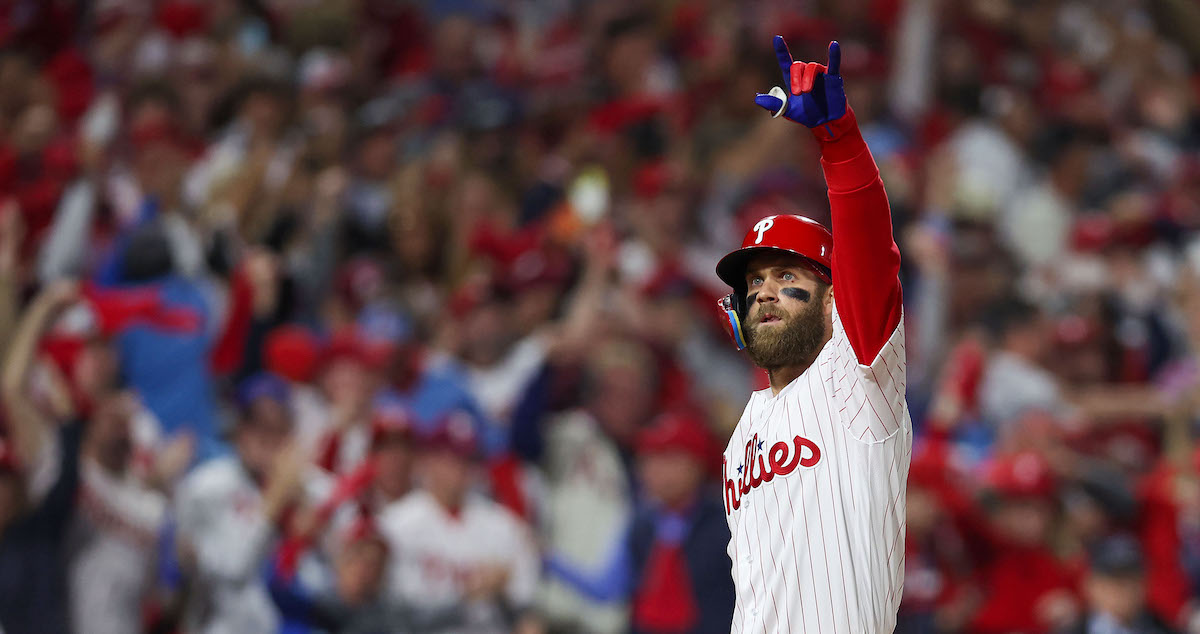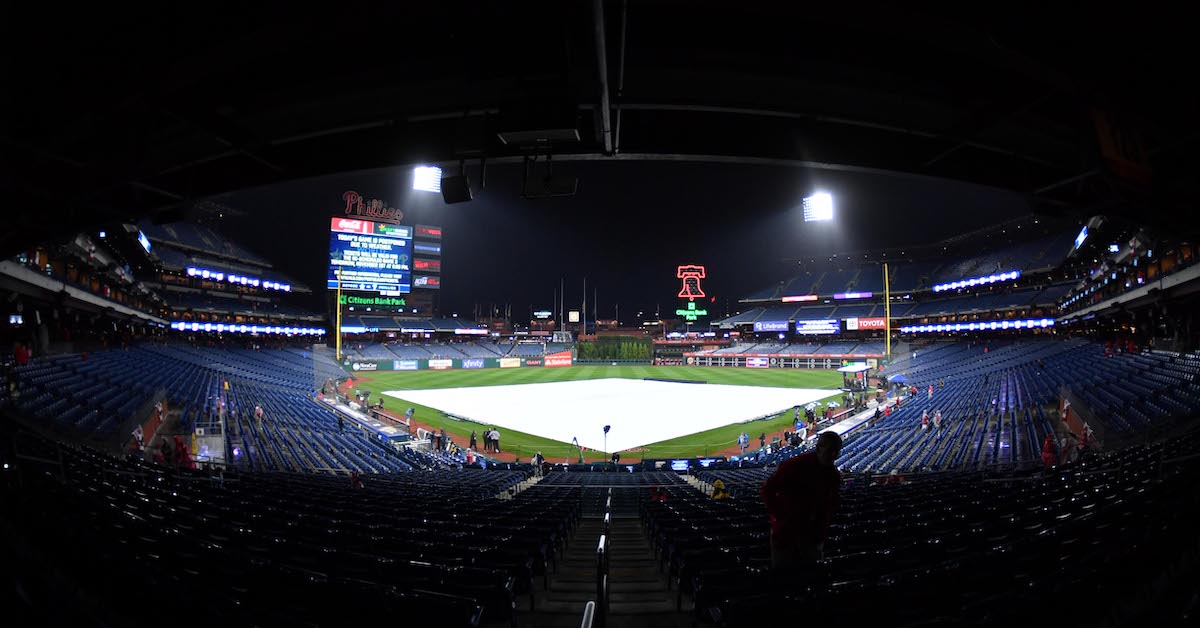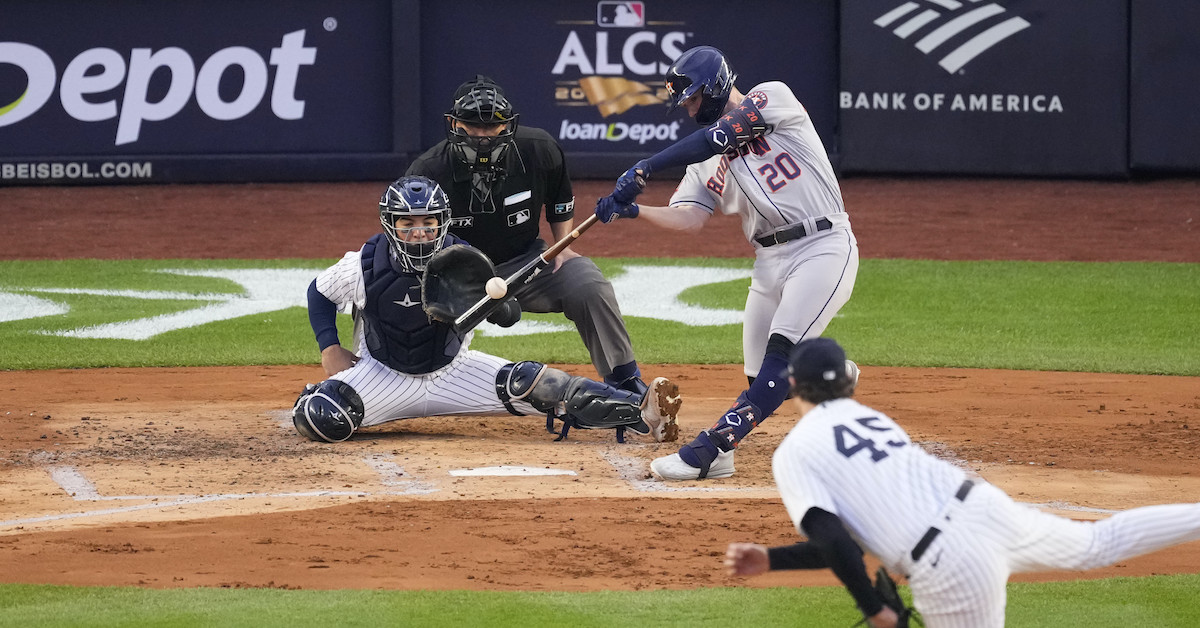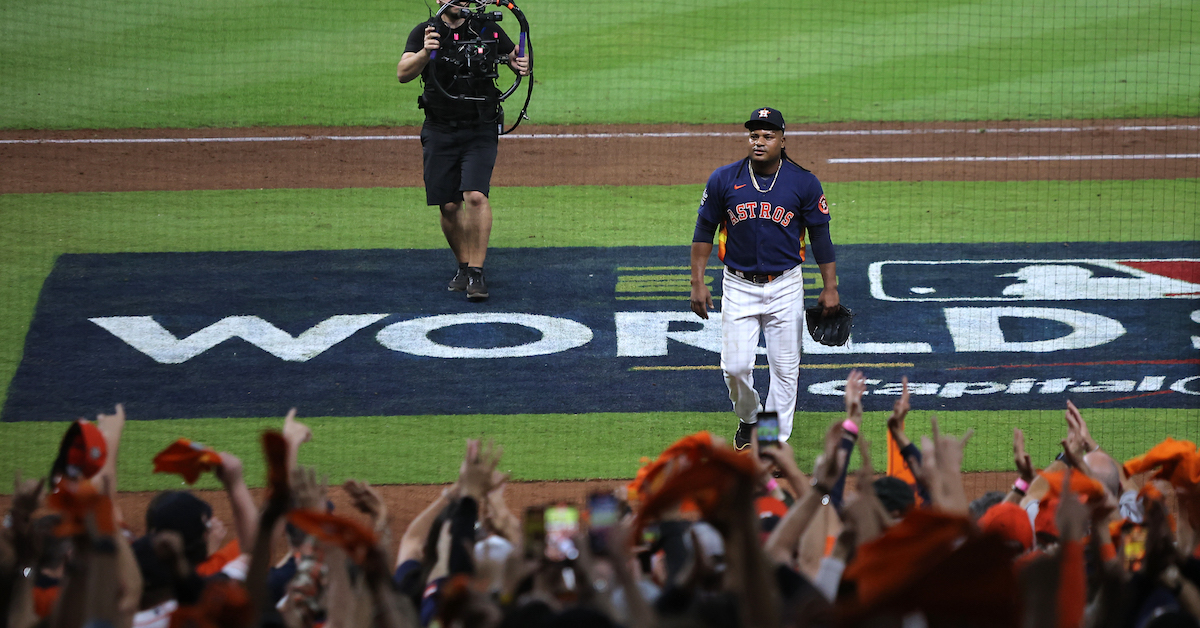Job Posting: Arizona Diamondbacks – Multiple Openings
Baseball Research & Development: Analyst & Intern
Reports to: Director, Baseball Research & Development
Location: Phoenix, Arizona
Start date: ASAP, preferably by Jan 2023
Position Summary:
The Arizona Diamondbacks’ R&D department is seeking an Analyst and a full-season Intern. These positions will be responsible for supporting all areas of baseball operations through baseball related data analysis, including statistical modeling, research, visualizations, and other projects. The day-to-day responsibilities of this role will vary depending on baseball calendar, allowing them to gain experience in multiple areas of Baseball Operations.
Responsibilities:
- Statistical modeling, machine learning, and quantitative analysis of a variety of data sources, for the purpose of player evaluation, strategic decision-making, decision analysis, etc.
- Present analysis and insights to greater baseball operations group in clear concise manner through written and visual means.
- Maintain and develop understanding of current state of analytics and technology in baseball as well as using expertise to recommend new and emerging methods.
- Use fresh perspective to recommend improvements to current Diamondbacks analytical processes.
- Perform ad-hoc research projects as requested.
Qualifications:
- Bachelor’s degree in an analytical field such as statistics, predictive analytics, data science, engineering, applied math, physics, computer science, computer vision, etc.
- Analyst Specific: 1+ years’ work experience within an applicable industry or subject matter.
- Proficiency with database technologies including SQL.
- Demonstrated experience with programming languages (e.g., R or Python).
- Strong ability to communicate technical ideas to non-technical audiences using data visualization.
- High level understanding and passion for the game of baseball.
- Excellent work ethic and attention to detail while balancing multiple responsibilities in a fast-paced work environment.
- Ability to work evening, weekend, and holiday hours.
- Other programming and database skills are a plus.
To Apply:
Interested candidates should send a resume and supporting materials to bbopsjob@dbacks.com. Please list which position you are applying to in the subject line.
Intern, Baseball Operations
Reports to: Director, Baseball Administration & Assistant Director, Baseball Operations
Location: Phoenix, Arizona
Length: Full-season internship, preferably starting in Jan 2023.
Position Summary:
The Arizona Diamondbacks are seeking a full-season intern to work within the Baseball Operations group. The day-to-day responsibilities of this role will vary depending on baseball calendar, allowing them to gain experience in multiple areas of the department. A model candidate will be able to leverage their analytical skills, a strong sense of creativity and their knowledge and passion for the game of baseball to provide innovative ideas throughout the Baseball Operations decision making process.
Responsibilities:
- Collaborate across organizational domains (Analytics/R&D, Baseball Operations, Player Development, Scouting) assisting all departments with necessary tasks.
- Produce statistical analysis and daily reports for the entire baseball related staff.
- Continuously explore interesting research questions to identify new trends in the game that will lead to competitive advantages.
- Recommend advancements to the current Baseball Operations procedures and infrastructure to improve efficiency.
- Assist with the capture and processing of on-field technology at both Chase Field and Salt River Fields.
- Perform ad-hoc analysis and research projects for multiple departments within the Baseball Operations group.
- Assist Front Office Staff with preparatory work necessary for Salary Arbitration, the Rule 4 Draft, and the Major League Trade Deadline.
- Perform other related duties as assigned.
Qualifications:
- A degree from an accredited college or university and/or equivalent experience. Analytical fields such as statistics, predictive analytics, data science, engineering, applied math, physics, computer science, computer vision, etc. are preferred, but not required.
- A demonstrated quantitative background, either by degree or work sample, is strongly preferred (SQL, R, Python, Tableau, or other programming language).
- Advanced proficiency in Microsoft Office (Word, Excel, and Powerpoint) is required.
- A self-starter with strong administrative, organizational and communication skills.
- High level understanding and passion for the game of baseball.
- Excellent work ethic and attention to detail while balancing multiple responsibilities in a fast-paced work environment.
- Ability to work evening, weekend, and holiday hours.
- Ability to relocate to Phoenix area.
- Must have a valid driver’s license.
To Apply:
Interested candidates should send a resume and supporting materials to bbopsjob@dbacks.com. Please list which position you are applying to in the subject line.
The content in this posting was created and provided solely by the Arizona Diamondbacks.
